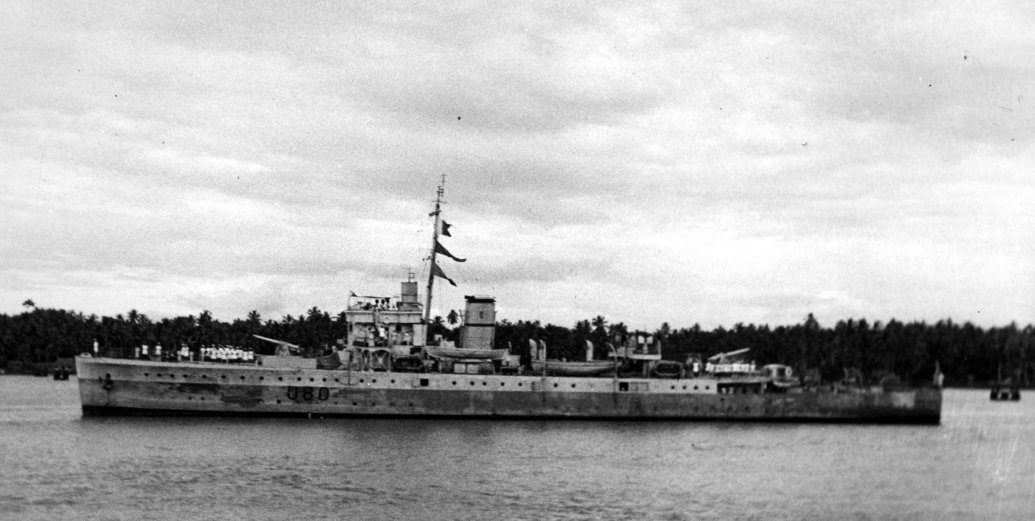The Revolt of the Royal Indian Navy in 1946
The contribution of the Royal Indian Navy revolt remains unknown and unnoticed.
The Royal Indian Navy revolt is also known as Royal Indian Navy mutiny or Bombay mutiny started at Bombay Harbour on 18 February 1946. The revolt involved a complete hunger strike and a rebellion attack by Indian sailors and non-commissioned officers on the ship against the British rule.
Soon, people from Karachi, Madras, Calcutta, Mandapam, Visakhapatnam, and the Andaman Islands joined the Royal Indian Navy revolt. More than 10000 sailors and 78 ships joined and were involved in the shore establishments.
The revolt was triggered by the conditions and treatment of Indians in the Navy. There was a demand for better food and working conditions for the Indians. The conflict soon developed into a broader demand for independence from British rule.
The Royal Indian Navy revolt emerged to be the most important event that made the British government lose its control over India. The demonstrating sailors insisted on the freedom of all political prisoners, including those belonging to the Indian National Army (INA) of Netaji Subhas Chandra Bose.
The Indian sailors were treated poorly by their British commanders and the wages, conditions of employment and basic facilities of Indians and British sailors in the navy were vastly different. The revolt demanded the action to be taken against the commanding officer or chief director for the ill-treatment and use of derogatory words, adjustment of wages and allowances, dismissal of Indian military deployed in Indonesia and better treatment of superiors by their officers.
Read more: The adaptation of the Kyoto Protocol

Image credits- Wikipedia
The Growth of Nationalism.
A Naval Central Strike Committee was established with the election of Leading Signalman Lieutenant M.S. Khan and Lieutenant Commander Telegraphist Madan Singh as President and Vice-President.
The INA trials and the persona of Subhas Chandra Bose inspired the protestors.
The protesters did not follow their officials, they quit their posts in the city of Bombay to hold demonstrations.
In general, the town of Bombay was intense. Hundreds of protesters attacked British citizens and police. They also took possession of Butcher Island, where all of Bombay Presidency’s weapons and ammunition was collected.
The protesters also found help from the soldiers of the Royal Indian Air Force in Bombay and from the Gurkhas in Karachi, who, known for their allegiance, refused to shoot at the protestors.
This open revolt reached the core of the British establishment. Slowly and gradually the Britishers realised that it was no longer possible to rely on the military services, which were one of their primary instruments in preserving their supremacy over the subcontinent.
Despite the imminent division of the nation on a communal basis, the sailors demonstrated deep solidarity breaking across lines of faith and territory. However, the revolt struggled to seek the revolt from the Indian leaders, who acknowledged this revolt as a threat to independence. The protesting sailors were only supported openly by the Communist Party of India and the INC’s Aruna Asaf Ali.
On 23rd February 1946, the revolt came to an end after the intervention of Sardar Vallabhbhai Patel. As a consequence of the revolt, 7 sailors and 1 officer died, 476 sailors were dismissed. Even after independence, these sailors were not incorporated into the Indian or Pakistani navies.
Significance of the Royal Indian Navy Revolt.
The Royal Indian Navy revolt remains a legend. It was an event which further reinforced the determination to see the end of British rule among all parts of the Indian people. There was evidence of deep unity and friendship among faith organizations, which seemed to act contrary to the rapidly spreading atmosphere of communal hate and hatred. Communal harmony was, however, more in the form of corporate unity than unity between the two core groups.
Check our Instagram : Ownguru
Facebook : Ownguru
If you have an interesting write-up or any suggestion, write to us at ownguru@gmail.com
